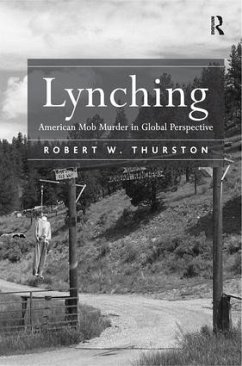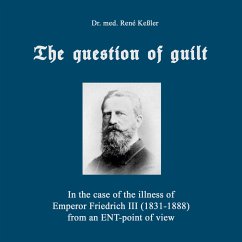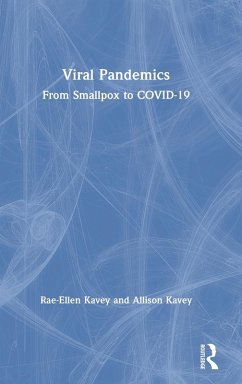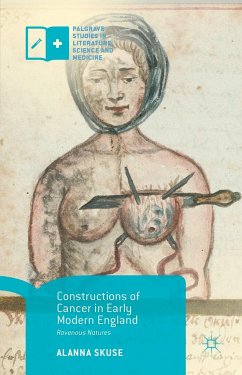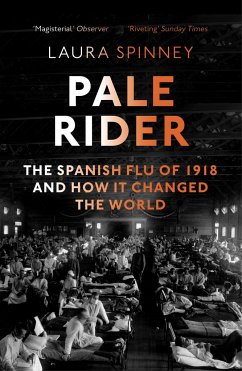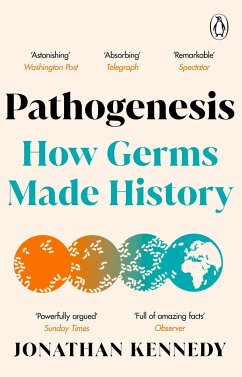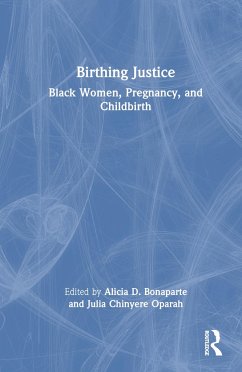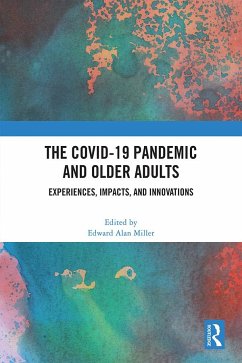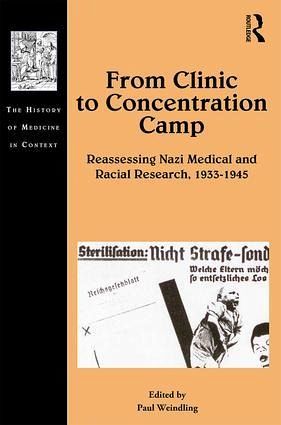
From Clinic to Concentration Camp
Reassessing Nazi Medical and Racial Research, 1933-1945
Herausgeber: Weindling, Paul
Versandkostenfrei!
Versandfertig in über 4 Wochen
178,99 €
inkl. MwSt.

PAYBACK Punkte
89 °P sammeln!
Representing a new wave of research and analysis on Nazi human experiments and coerced research, the essays in this volume deliberately break with a top-down history limited to concentration camp experiments under the control of Himmler and the SS. Instead the collection positions extreme experiments (where research subjects were taken to the point of death) within a far wider spectrum of abusive coerced research. The book considers the experiments not in isolation but as integrated within wider aspects of medical provision as it became caught up in the Nazi war economy, revealing that researc...
Representing a new wave of research and analysis on Nazi human experiments and coerced research, the essays in this volume deliberately break with a top-down history limited to concentration camp experiments under the control of Himmler and the SS. Instead the collection positions extreme experiments (where research subjects were taken to the point of death) within a far wider spectrum of abusive coerced research. The book considers the experiments not in isolation but as integrated within wider aspects of medical provision as it became caught up in the Nazi war economy, revealing that researchers were opportunistic and retained considerable autonomy.



